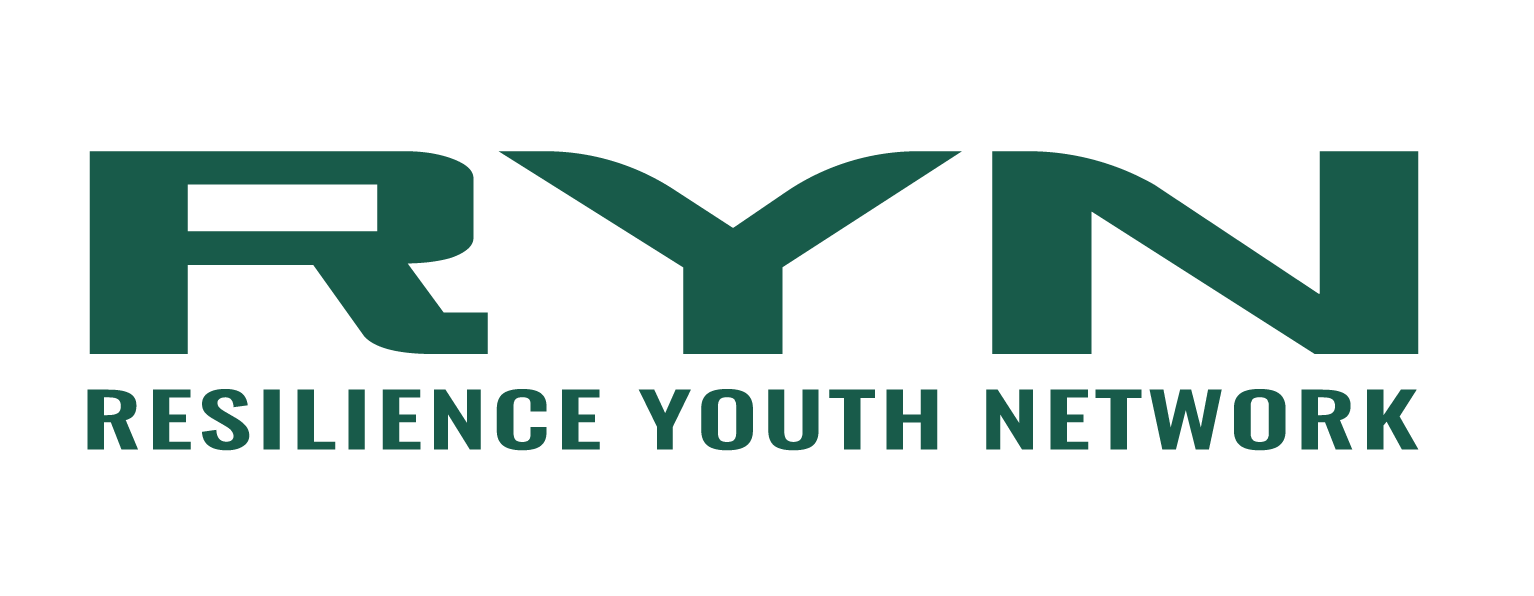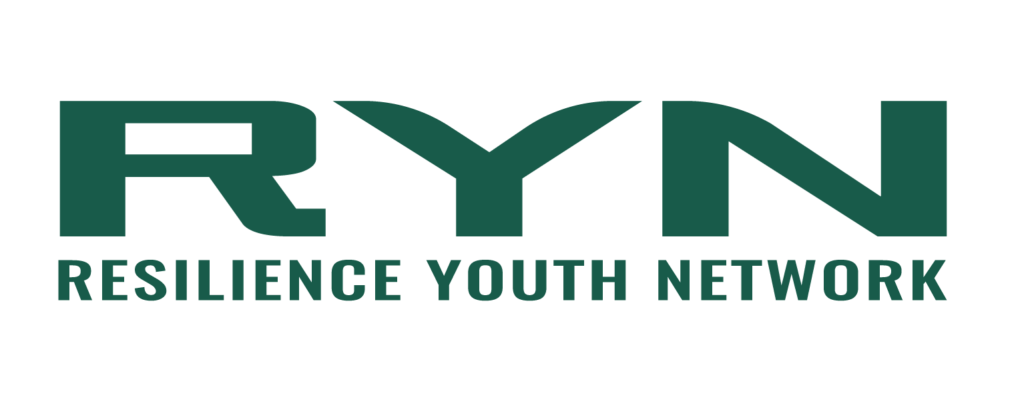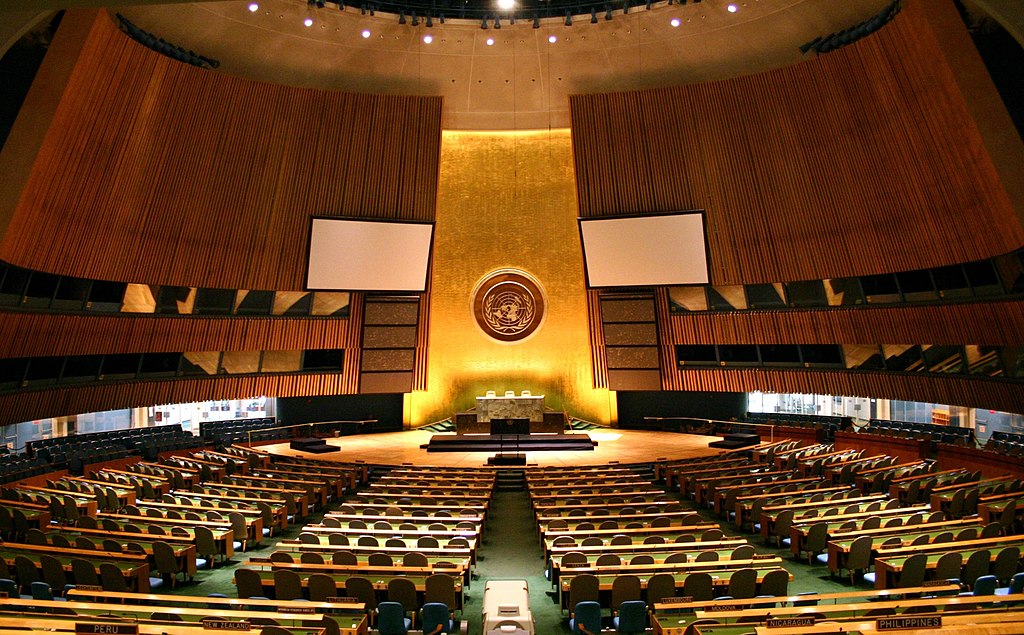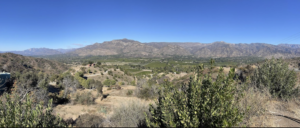Note: Portions of this post were written as a class assignment and posted upon approval by the assigning professor.
On the international stage, climate change has most often been addressed in relation to mitigation, which focuses on reducing greenhouse gas emissions to lessen future impacts. As current climate conditions worsen there is a growing need to focus on climate change adaptation as well.
Climate Change is a Global Problem
The impacts of climate change are not limited by any international border. Large weather events like drought, flooding, severe storms, ocean rise, heat waves, and cold fronts have already become more common, and threaten both human life and ecosystems worldwide. As the impacts of climate change become more apparent, so does the widening gap of global disparities that have left some countries more prepared to weather the storm than others. Ironically, research has shown that the nations most at risk are the nations least at fault for climate change. According to the Center for Global Development, “developed” countries are responsible for 79% of global carbon emissions between 1850 and 2011, yet small island developing nations and least developed countries, which have contributed the least emissions, are the most vulnerable to environmental hazards.
A (Brief) History of Climate Change and the United Nations
The 1980s
The Brundtland Commission was a sub-organization of the United Nations that existed from 1983 to 1987 to study the environment and development. The Commission, in its 1987 report, proposed the concept of sustainable development as “development that meets the needs of the present without compromising the ability of future generations to meet their own needs.” The concept of sustainable development is considered to have three elements: economic, social, and environmental. The Intergovernmental Panel on Climate Change (IPCC), another body of the United Nations, was then formed in 1988 to assess and consolidate scientific knowledge related to climate change. To this day, it continues to release synthesized reports of analyzed data every few years. The next report is expected to be published late 2022 or 2023.
The 1990s
In 1992, the United Nations Framework Convention on Climate Change (UNFCCC), an international climate change treaty, was established at the Rio de Janeiro Earth Summit. As a treaty, the UNFCCC is legally binding upon countries that have signed on to it. The treaty introduced a new principle of “common but differentiated responsibilities” (CBDR) to try to balance the globally-shared need to respond to the climate crisis with the unequal impact it has on developing states. Under the convention, the principle of common but differentiated responsibilities was reflected in the varying strictness of emissions goals for each country. Developed countries that contributed more significantly to the climate crisis were held to stricter standards, like returning carbon emissions to 1990 levels by 2000, and a requirement to report back on progress within six months of the convention. The least developed countries were not held to emissions standards and could report to the United Nations at their own discretion.
“Agenda 21” was also adopted at that same Rio Earth Summit by 178 countries. Agenda 21 is a comprehensive plan that is centered around sustainable development principles but is not a treaty nor legally binding.
The 2000’s
The next big international climate change treaty was the Kyoto Protocol established in 1997, which bound 192 countries to emission reduction targets and took effect in 2005. The main obligations were only required for “Annex I” (another term for “developed”) countries, and the Protocol also required Annex I countries to provide financial assistance. In 2012, the Doha Amendment was adopted to the Kyoto Protocol for a second commitment period.
In 2000, as a follow-up to Agenda 21, eight Millennium Development Goals (MDGs) were adopted unanimously by United Nation member states. Like Agenda 21, these 8 goals are not legally binding. The goals were set for completion by 2015.
The 2010’s – Present
The Paris Agreement of 2016 is the most recent legally binding international treaty on climate change. It binds 196 Parties to emission standards, including least developed countries. The Paris Agreement does not quite walk away from the CBDR principles, and it still carves out special consideration for “least developed countries” and “small island nations,” by allowing for increased flexibility in the creation of mitigation plans, but it lacks sufficient focus on historically unequal climate change impacts and adaptation strategies for developing countries. While the Paris Agreement recognizes their adaptation needs and efforts, and even includes a provision to supply monetary support (similar to the Kyoto Protocol and the Convention), the Agreement is still primarily focused on climate change mitigation and unfairly burdens already vulnerable countries with new emissions standards.
Along with the Paris Agreement came the Sustainable Development Goals (SDGs). The SDGs act as a follow-up to the MDGs, and are seventeen non-binding goals adopted in 2015, with a goal end date of 2030. Climate Change explicitly shows up in SDG 13 “Climate Action,” and can also be seen in SDG 11 “Sustainable Cities and Communities.” Just like Agenda 21 and the MDGs, the Sustainable Development Goals are not legally binding.
The Sendai Framework for Disaster Risk Reduction was also adopted in 2015, another non-legally binding agreement focusing on community resiliency. The United Nations Office for Disaster Risk Reduction (UNDRR) oversees the Sendai framework. The office assists in both implementation and monitoring, with an overall goal of decreasing disaster risk. Climate change related disasters are included in this work.
Climate Resiliency Needs More Support Internationally
The need to adapt is most urgent in places that have contributed least to the climate crisis. Although Article 7 of the Paris Agreement “recognizes” the needs of developing nations in regards to adaptation, it does not appear functionally very different from the first UNFCCC agreement in Rio. Once again, the common but differentiated responsibilities principle is manifested in an acknowledgement of guilt but a withholding of real action. The real question here, though: is what action needs to happen, and how do we accomplish it?
What needs to happen?
Climate change adaptation will include technological, scientific, and infrastructure advancements that will allow communities to be more resilient against changing weather patterns. Adaptation techniques may include things like sea walls, raising roadways, and sturdier homes, strategic planning of agricultural land and purposeful crop selection. Adaptation also needs to be sustainable, as it must allow for communities to meet their present and future needs. To benefit the most people and save the most lives, adaptation techniques need to be implemented equitably.
Where Can International Agreements Help?
International treaties, while in theory legally binding, are not necessarily reliable. Most contain withdrawal procedures for member states to follow, and the potential repercussions for withdrawing from or breaking a treaty are not necessarily threatening to world superpowers. Beyond the threat of noncompliance, it is unclear whether international treaties are the most effective method of change. The internet is scattered with articles deeming the Kyoto Protocol a failure, and other studies have shown that most treaties have failed to result in intended effects, with some resulting in more harm than good. The inclusion of adaptation in the Paris Agreement is validating on its face, but the “global stocktake” for progress measurement kicked off in 2021, and is not scheduled to wrap-up until 2023. The impacts of the Paris Agreement on resilience and adaptation, whether positive or negative, are still somewhat nebulous. At the same time, the inclusion does show a top-down push for change, and the positive impacts of the recognition and acknowledgement may be immeasurable but valuable.
And what about non-binding agreements? The Sendai Framework, while not specifically climate-focused, provides a more detailed plan for building a more resilient global community, and the Sustainable Development Goals do specifically focus on climate action and sustainable community building. Historically, the MDGs that came before were “sort-of” effective. Three and a half of the eight targets were fully met, and the progress made on the unmet goals saved millions of lives. If the Sendai Framework and the SDGs are even partially met, it will save even more lives, but it is hard to say that partially-met non-binding agreements alone will be enough.
What else can be done?
Community action is a viable path forward. Country-specific actions have started acknowledging the need for adaptation worldwide. The Ugandan National fertilizer policy acknowledges the need for both climate change adaptation and mitigation in the development and use of fertilizer, Ecuador is looking to shift its water management practices, Mauritius is implementing early warning storm surge systems, and countless other countries are taking action. On a more granular level, community-led projects like local rain garden installations also help make cities more resilient. Community projects work to fill the gaps of international law to make real, lasting change from the bottom up.
Conclusion
Climate change is complex, and there is no “silver bullet” solution. Efforts to push for resilience awareness on an international level are important, but just as important are the local-level efforts across the globe. Even though climate change will impact everyone, the impacts will not be felt equally due to existing global inequities. There is an urgent need for the international community to go beyond a mere “recognition” of inequities, and to unite together against potentially one of the greatest challenges of our generation. Employing a patchwork of local, state, regional, and international action may be our best hope. Whether that international action includes another treaty or more agreements, attacking climate resilience from every angle is a shared global responsibility that can save lives and preserve our communities.






